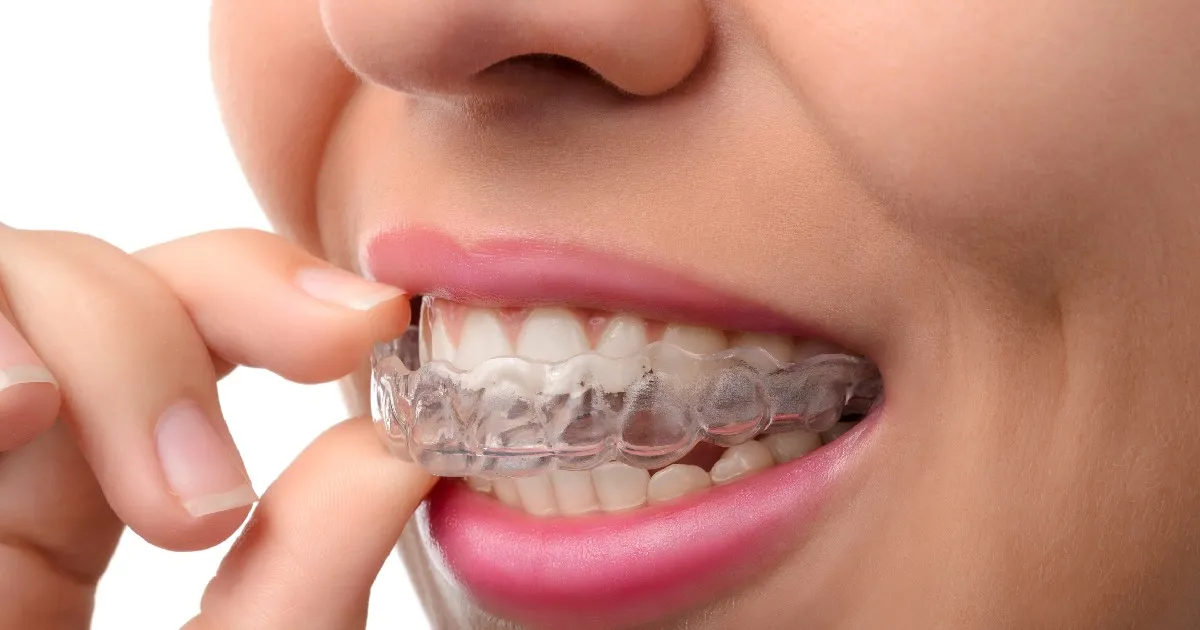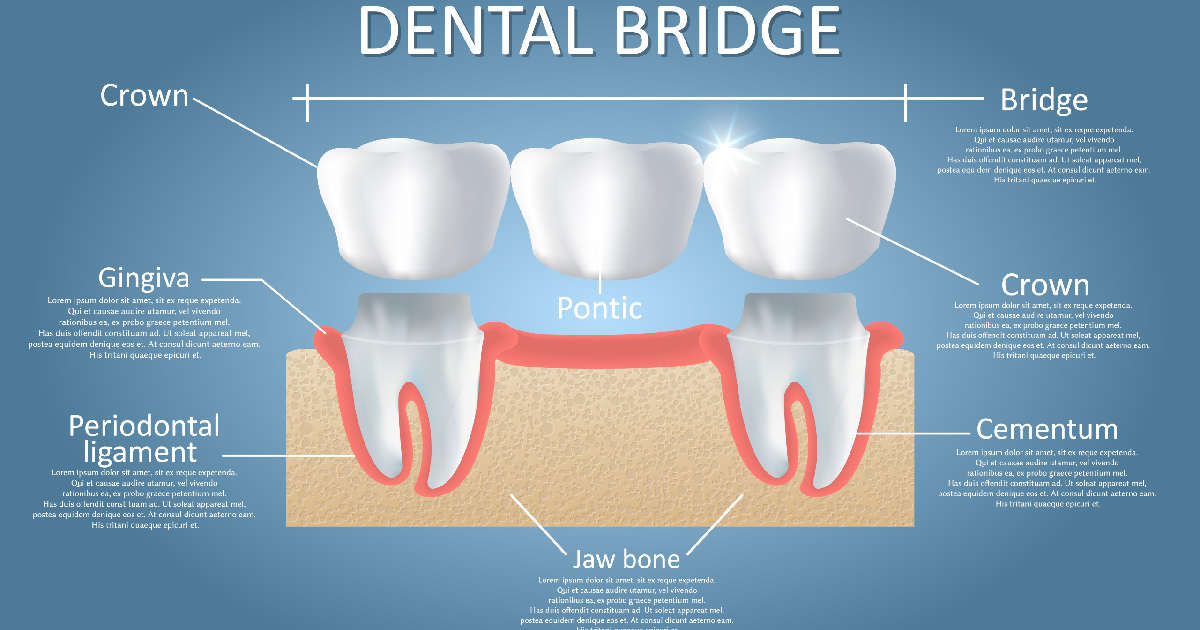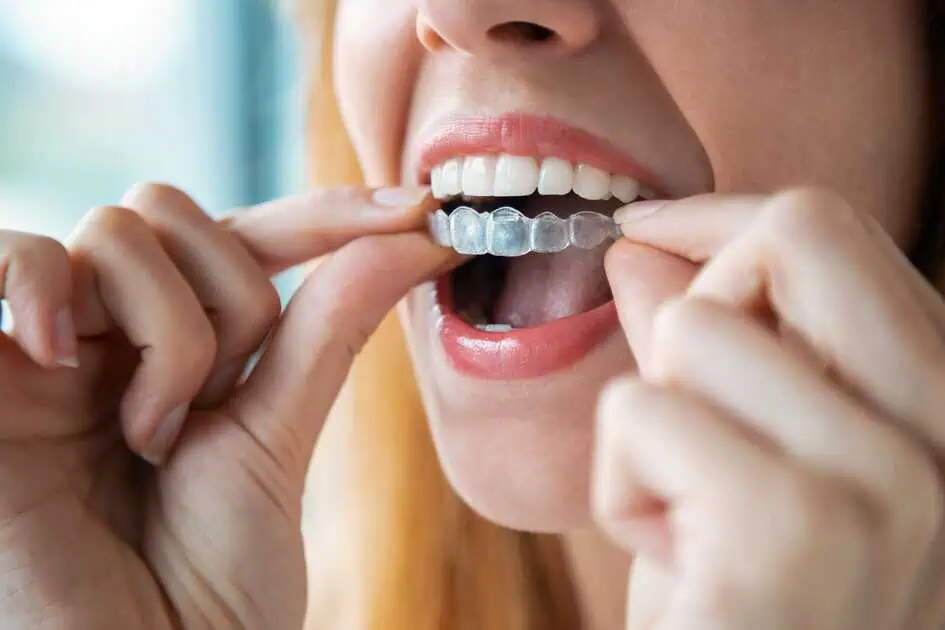Dental implant treatment is often the top recommendation from dental professionals when addressing the issue of missing teeth. Recognized for their durability and effectiveness, dental implants stand out as a preferred option for tooth replacement. Despite their popularity, many patients still need to be fully aware of dental implants as a viable treatment alternative. For those contemplating their choices and seeking a deeper understanding of available solutions, it’s crucial to be informed about dental implant benefits. Here’s what you should know:
What Are Dental Implants?
Dental implants are essentially the closest thing you can get to natural teeth when you’ve lost one or more. Imagine a small but sturdy post, generally made of titanium or zirconia, that a dentist places directly into your jawbone, where it functions as a replacement for the root of a missing tooth. Over time, this post integrates with the bone around it, a process known as osseointegration, creating a solid foundation. On top of this metal post, a connector known as an abutment is placed, which holds and supports the artificial tooth or crown.
The crown is custom-made to match your natural teeth, making the dental implant feel and function like a natural tooth. This innovative approach not only restores the aesthetic appearance of your smile but also allows for normal eating and speaking, with the stability provided by the implant preventing the jawbone’s deterioration that often follows tooth loss.
Types of Dental Implants
When it comes to dental implants, there are mainly two types that cater to different needs:
- Endosteal Implants: Endosteal implants are the most used kind of dental implants. Usually inserted directly into the jawbone, they are shaped like screws, plates, or cylinders. A second procedure must join a post to the original implant when the surrounding gum tissue has healed. An artificial tooth (or teeth) can then be attached to the post singly or in a group on a bridge or denture.
- Subperiosteal Implants: These implants are positioned on the jawbone but beneath the gum line. Patients who lack a healthy jawbone and are unable or unwilling to have their jawbone rebuilt through bone augmentation procedures can consider this alternative. It is a framework positioned beneath the gum tissue but above the jawbone.
Depending on the extent of tooth loss, dental implants can be utilized in various configurations:
- Individual Tooth Implants: For replacing a single tooth, one implant and one crown provide a simple and effective solution.
- Multiple Teeth Implants: If more than one tooth is missing, implants can support bridges or partial dentures, filling in the gaps efficiently.
- Full-Mouth Dental Implants: Full-mouth implants offer a comprehensive restoration for those missing teeth, potentially utilizing several implants to support full dentures.
- Mini Implants: Smaller in size, these are often used to stabilize lower dentures and are a less invasive option with quicker recovery times.
Dental Implant Materials
There are two main dental implants: titanium and zirconia. Both have unique advantages and are chosen based on the patient’s needs and the dentist’s recommendation.
Titanium: This metal has been the cornerstone of dental implant materials for decades and is admired for its durability and compatibility with the human body. Titanium implants are known for fusing well with bone, a process known as osseointegration, providing a solid foundation for the artificial tooth. It’s a versatile material that can be used in both one-piece and two-piece implant designs. However, it’s only suitable for some; some people may have allergies to metals or specific medical conditions that make titanium implants less ideal.
Zirconia: A newer player in the field, zirconia offers an alternative for those looking for a metal-free option. It’s a strong, stable ceramic type with a tooth-like color, making it aesthetically pleasing, especially for front-tooth replacements. Zirconia implants are typically used for individual tooth implants and are prized for their aesthetic appeal, particularly in patients with thin gums where a metal implant might appear. However, zirconia might be less versatile than titanium in different implant configurations and is generally more expensive.
The Dental Implant Procedure
Initially, any remaining damaged tooth must be carefully removed for the new implant. Next, the jawbone is assessed for readiness. Sometimes, the jawbone might not be thick enough or too soft to support an implant. If this is the case, a bone grafting procedure is undertaken to augment the bone’s strength and density, providing a solid foundation for the implant. This stage might require healing, allowing new bone to grow and integrate.
Following the preparation of the jawbone, the actual implant—a small, screw-like titanium post—is placed directly into the bone. This post serves as a new root for the tooth. Once the implant is in place, a period of healing is required for osseointegration, where the bone grows around and bonds with the implant’s surface, creating a strong and stable base.
After the implant successfully integrates with the jawbone, an abutment is fastened to the post frame that sticks out above the gum line. This abutment serves as a connector between the implant and the replacement tooth or teeth. Depending on the type of implant and the patient’s specific situation, the abutment may be placed during the initial implant surgery or in a separate procedure after the implant has bonded with the jawbone.
The final step involves placing the crown, the artificial tooth visible above the gum line. The crown is custom-made to correspond to your natural teeth’ color, shape, and size, ensuring a seamless and aesthetically pleasing result. The crown is either cemented or screwed onto the abutment, providing the appearance and function of a natural tooth.
Takeaway
Do you want to smile better and feel more confident? The ideal location for cutting-edge dental implant solutions and cosmetic procedures catered to your needs is Smile and Aesthetics Barr. Our team offers individualized care that guarantees a smooth, comfortable, fulfilling path to a brighter, more self-assured smile. Don’t put off getting the smile of your dreams any longer. Make an appointment for your consultation with Smile and Aesthetics Barr right now to get started on the path to a confident, radiant version of yourself. Come work with us to harness the power of your smile!







